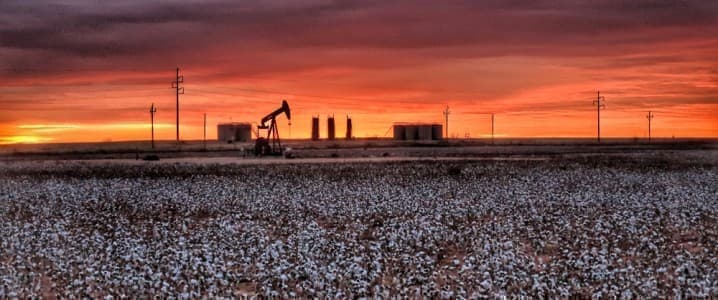The United States is revving up for a new nuclear era. As Washington scrambles to catch up to China in the clean energy race, nuclear has emerged as a highly promising option. The U.S. is already the biggest nuclear energy producer in the world, and nationally, public opinion around nuclear energy is at a 10-year high, according to a 2023 Gallup poll.
But there are some major hurdles standing between the United States and a thriving domestic nuclear future. For one thing, the domestic nuclear energy industry has been in decline for years, with rapidly aging reactors and many plants slated to close in the near term. And for another, the U.S. has never solved the nation’s crushing nuclear waste problem, and is far from ready to add to its already frightening spent nuclear fuel caches.
Nuclear could very well be the next big thing in U.S. energy production. Many pundits with deep pockets are hugely vocal supporters, including Open AI CEO Sam Altman and multi-billionaires Bill Gates and Warren Buffett, and have been funding domestic nuclear energy support and advances for years. And now, the Biden Administration is joining the initiative full-force by including funding for nuclear energy in the Inflation Reduction Act and spending over a billion dollars just this year to bail out California’s last nuclear power plant. The U.S. was also one of 20 countries that signed a pledge to triple global nuclear-energy output over the next three decades at the recent United Nations COP28 climate conference in Dubai.
But drastically increasing nuclear energy output also means drastically increasing the production rate of highly radioactive nuclear waste. And no one can agree on where to put it. A backlog of spent nuclear fuel has been piling up at reactors for decades now as the federal government tries and fails to find a long-term solution. While Obama advanced a plan to house nuclear waste at Nevada’s Yucca Mountain during his term, the plan ultimately fell through, and no alternative venue has been suggested with any degree of success.
As a result, the federal government is cutting billions of dollars worth of checks to utilities in exchange for their agreement to temporarily house used fuel rods in steel-lined concrete pools and dry casks spread over dozens of sites around the country. This means that U.S. taxpayers have been paying billions of dollars to store spent nuclear fuel year after year, with no prospect of an end date in sight.
The federal government still has no plan for a permanent solution, but they do have their eye on a much better mid-term storage option – in the heart of oil and gas country. The government argues that consolidating the dozens of nuclear fuel repositories that the United States is currently funding to just one or two facilities in the Permian Basin would greatly reduce the price tag of nuclear waste management at a federal level.
The Permian Basin stands out as the ideal venue as it already hosts two such management sites and is the home to the country’s only commercial uranium enrichment facility. Holtec International, a Florida-based energy technology company, already has a 40-year license to build a nuclear waste storage site in New Mexico’s Lea County. When fully built, the Permian-based facility would have the capacity to hold some 170,000 metric tons of used fuel, about double the quantity that currently exists in the whole country.
You would think that no one wants such a storage facility in their backyard. But the irony is that some communities are positively clamoring to be chosen to be the hosts of just such a facility. For socioeconomically struggling counties in Southeastern New Mexico, the prospect of such a facility is seen as a major windfall opportunity. According to the firm that has planned the Holtec facility, the development and management of such a project represents a $3 billion investment that will create 400 jobs.
The problem is that the oil and gas industry is fighting tooth and nail to keep the government’s stockpiles of nuclear fuel out of their oilfields, and they have a whole lot of money and manpower to hold the projects off. While experts maintain that nuclear waste poses no threat and will go unnoticed by the oil and gas industry, fossil fuel leaders would rather not test that theory.
The chances of anything going wrong are infinitesimal, but the impact of taking the entirety of the Permian’s production out of the domestic energy mix for any notable amount of time would be nothing short of devastating. “I’m not antinuclear,” Tommy Taylor, assistant general manager of Permian oil producer Fasken Oil and Ranch, recently told the Wall Street Journal. “We just don’t feel like siting all the nuclear waste in the middle of our biggest oil and gas resource is a good idea.”
By Haley Zaremba for Oilprice.com
More Top Reads From Oilprice.com:
- The Race for Natural Hydrogen Is Heating Up
- How Next-Gen Biomanufacturing Can Help Slash Global Emissions
- Pakistan Considers Iran Gas Pipeline Restart Despite U.S. Sanctions

















